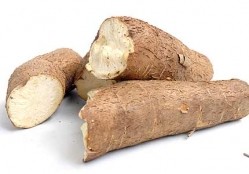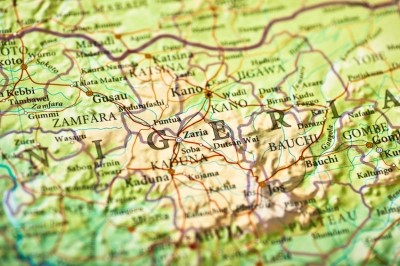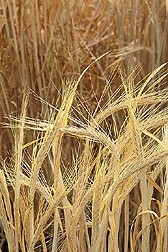IITA looks to make cassava a major source of animal feed

“Maize imported into Africa in 2011 is estimated at about $4.63 billion, of which Nigeria’s feed industry alone accounted for 1.2 million tons worth, about $350 million during that year,” said Iheanacho Okike, country representative for the International Livestock Research Institute (ILRI), in Ibadan. “If we use cassava peels for livestock feeds, for instance, we will be able to reduce the amount we spend on maize importation, and more importantly, reduce the competition between man and livestock for maize.”
The IITA meeting, organized by the Global Cassava Partnership for the 21st Century, the CGIAR Research Program on Roots, Tubers and Bananas (RTB) and co-hosted by the Federal Ministry of Agriculture and Rural Development (FMARD), sought to create a roadmap for a cassava-based animal feed system in Nigeria that could serve as a model for all cassava-producing countries in Africa. A spokesperson for IITA told FeedNavigator that the different CGIAR organizations have yet to approve the final plan.
As the second most important food crop in the least developed countries and the fourth most important source of food energy in the world after wheat, maize, and rice, cassava is generally grown by small holder farmers largely because of its tolerance of drought and poor soil. Cassava holds postharvest potential as food for consumers, feed for livestock, and raw material for a range of value-added products–from coarse flour to high-tech starch gels.
Both the roots and peels can be directly fed to livestock or used in producing commercial feed, resulting in additional income for farmers and fish producers. According to the Food and Agriculture Organization, “animals raised on cassava have generally good health, good disease resistance, and a low mortality, and require few, if any, antibiotics in their feed.”
Additional benefits accrue to consumers due to increased production of milk, meat and fish, and the added availability of maize and other grains that could otherwise have gone into the feed system.
Nigeria, the world’s top cassava producer, is transforming its cassava sector and strengthening the value chain of the root crop to make it more competitive. Annual cassava production in Nigeria climbed to 52.4 million tons in 2011, also generating 5 to 7.5 million tons of wet peels (10 to 15% of whole tuber), as farmers and industry rev up processing. Reforms in cassava-growing countries in Africa, backed by supportive government policies and improved varieties developed by agricultural research centers have significantly raised the tuber’s productivity as well.
“When the cassava transformation agenda of Nigeria is completed, the production of cassava by-products (peels) is expected to reach 2 million tons of dry matter per year,” said Dr Claude Fauquet, director of GCP21. “This is the perfect time to set up a feed manufacturing system on an industrial scale.”

!['Nigeria as its preferred entry market as it ranks favorably on the country selection criteria,' says Olam [pic: (c) istock.com]](/var/wrbm_gb_food_pharma/storage/images/_aliases/wrbm_medium/1/5/8/1/3321851-1-eng-GB/Olam-to-add-animal-feed-operations-to-its-existing-business.jpg)







